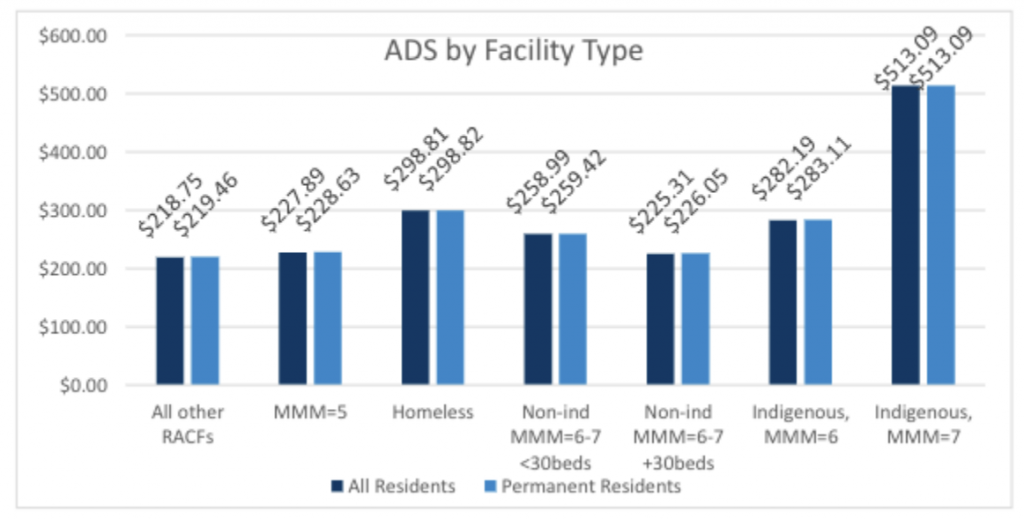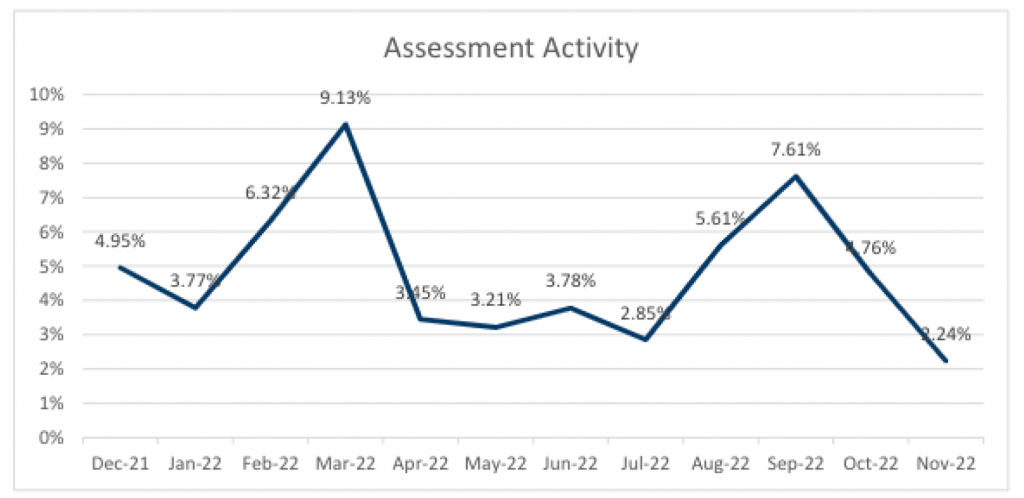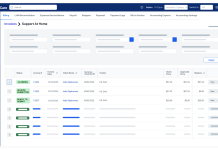New data from advisory Mirus Australia highlights that the Department of Health’s predicted average daily subsidy (ADS) of $225 per bed per day fell short by $4, leaving $277 million on the table as providers build their understanding of the AN-ACC funding model.
Mirus Australia’s analysis of November revenue insights from across 80,000 beds demonstrates that the industry’s ADS for permanent residents increased by $0.54 to $221.25 but the average for all residents was $220.49 over the November period.
“History shows us that every time the funding model changes for aged care, the industry struggles to adopt the new model and draw sufficient funding out of the system. We saw this happen with the change from RCS to ACFI” says Andrew Farmer, Partner at Mirus Australia.
“Although organisations and their funding teams continue to familiarise themselves with the AN-ACC assessment framework and how it links to each AN-ACC class, there is a steep learning curve. A lack of knowledge is resulting in significant differences between forecasted and assessed AN-ACCs with a considerable proportion of the industry still working off their AN-ACC shadow assessments. This is reflected in the overall average AN-ACC for the industry being several dollars below the $225 forecasted by the Department.” Mr Farmer said.
Under AN-ACC, Respite residents just like permanent ones, have a high care minute requirement associated with their classification. Therefore, the new ADS will become an important consideration in the overall operating result. The industry must also consider the effect of different facility types on industry average subsidies. There is a significant group of beds that qualify to receive the Homeless Base Care Tariff, who now have an ADS of about $300/day and the Modified Monash group 7 average over $500 dollars/day in subsidies.

“What this really tells us is that the sector is still gathering an understanding of this new funding model. The key to reaching the correct level of funding and balance with care minutes is maintaining a high-level of accuracy with classification data. Once the process of reviewing AN-ACC for each resident is in place, then an equilibrium with care minutes where achievable rosters can be created will determine long-term viability” Mr Farmer said.

The total amount of permanent residents with an AN-ACC assessment of 12 months or older is 38%
Mirus Australia analysis
per cent of the sector. This equates to more than 70,000 residents with potentially outdated
classifications.
“There are very few constraints to requesting a reclassification but providers need to put in place a proper review process to sustain accurate funding. The time to start is now because there is a transition period of 12 months to October 2024 before care minutes become mandatory. By that time, providers will need an efficient process bedded down to ensure compliance and profitability.” Mr Farmer added.










